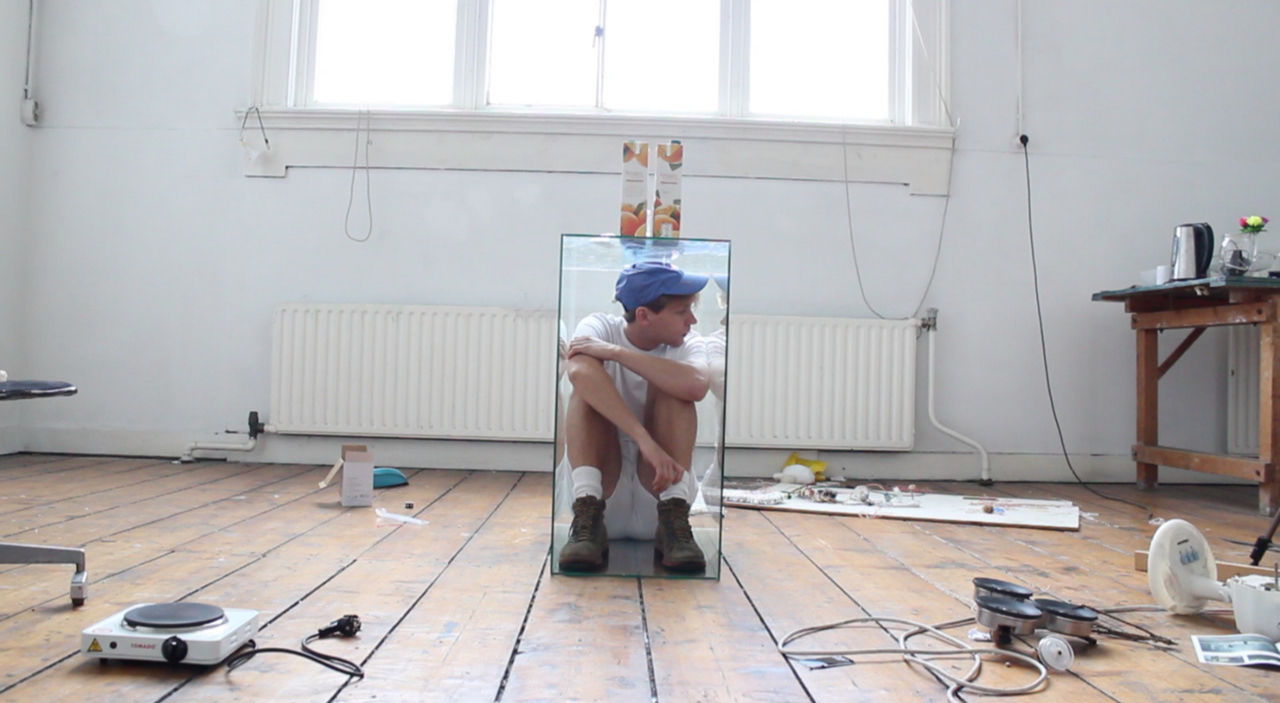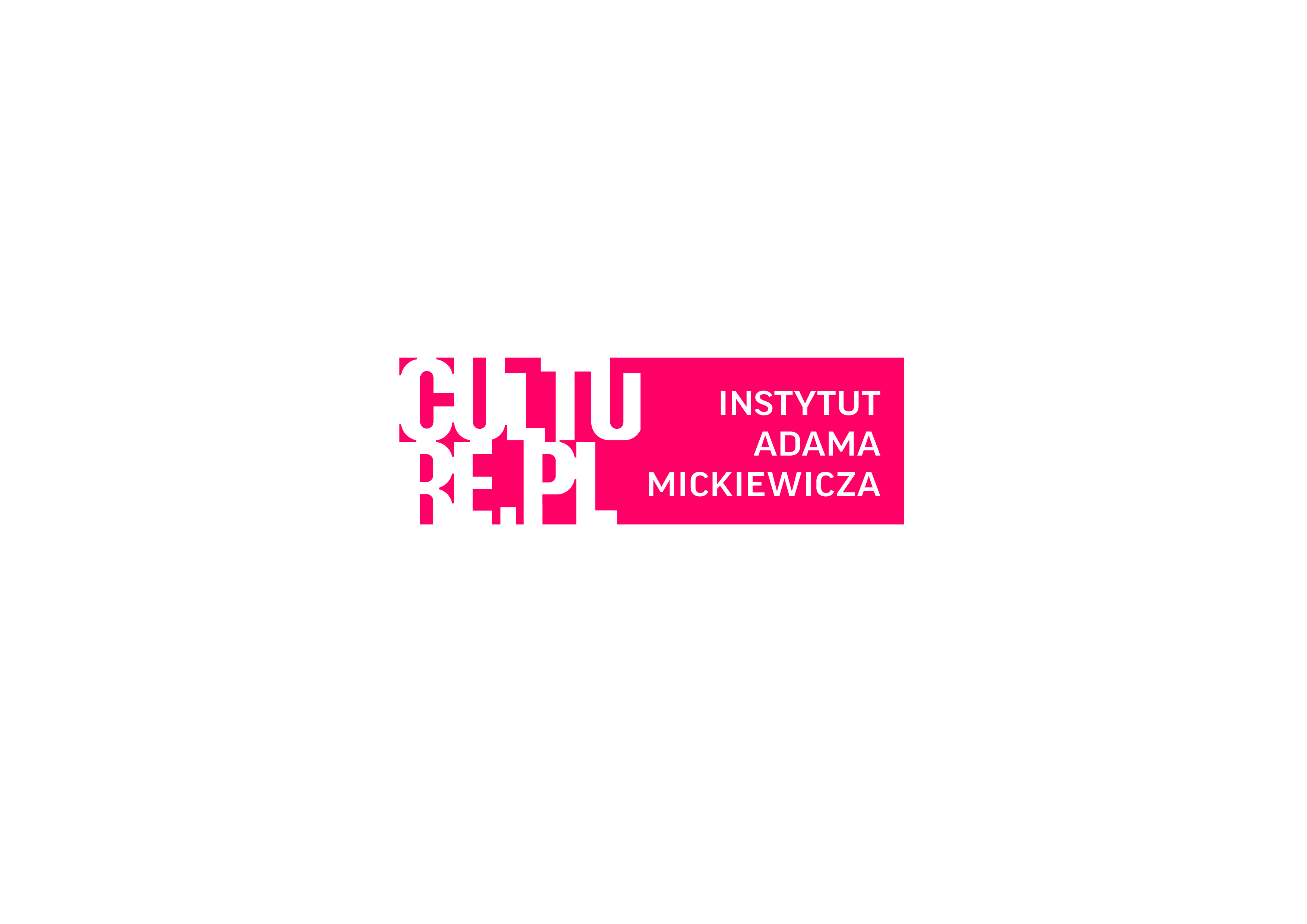15 – 28/02/2023
Piotr Urbaniec / PL/NL
AVALANCHE
%201.png)
Piotr Urbaniec’s research is focused on exploring issues such as weather performativity, politics of snow, ephemeral and site-specific interventions, choreography of natural phenomena. In Susch he wants to develop a further project about avalanche, a topic that is his personal fascination. The Engadin region is famous for scientific study of avalanches, as it is a constant danger in the mountains. He is interested in the human relationship with snow and how this relation can cause potentially disaster. Piotr creates works which are based on scientific material, as well as on his little discoveries and experiments, spending time alone in the madly serene environment.
Piotr Urbaniec (1992, Krakow) currently lives and works in Amsterdam where he stayed after finishing his De Ateliers residency (2018-2020). He sees himself as a visual artist who makes art from almost nothing, experimenting with nature, ephemeral choreography and site-specific works, considering himself as a lost relative of Richard Long. He graduated from the Miroslaw Balka’s Studio of Spatial Activities (PL). In 2016, he made his first solo exhibition at the U-jazdowski Castle Warsaw, group shows in Poland including MoMA Warsaw, Krolikarnia National Gallery of Art in Warsaw, Center of Contemporary Art Laznia. His works were part of Moscow International Biennale for Young Art 2018, Yixian International Photography Festival 2017 (China) and Rencontres Internationales (Paris/Berlin). He recently adopted vortex and his interests shifted into a performative, focussed and “live element” environment. He debuted in 2020 in Frascati Theater (Amsterdam) with a solo-piece “Hurricane Piotr”, later expanding this work into an hour-long spectacle “Meteorological Exercises” during residency in Komuna Warszawa (2020, program curated by Tim Etchells, Marta Keil and Grzegorz Reske).
The project was possible thanks to the support of the Adam Mickiewicz Institute
